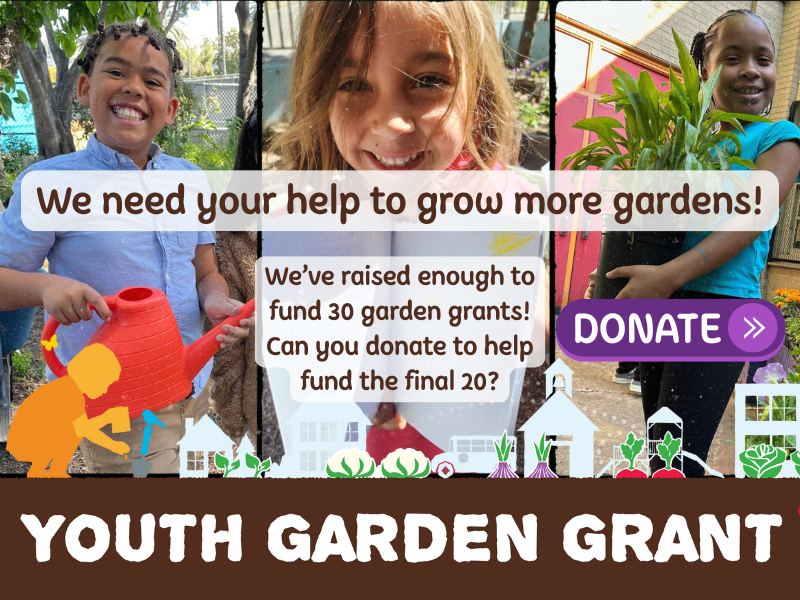Objectives
Students will:
- Learn about and/or review the pollination process.
- Research a common or uncommon pollinator.
- Showcase their research by creating a Pollinator Hall of Fame.
Materials
- Craft materials to simulate the pollination process
- Pollinator Profile Worksheets
Background Information
For flowering plants to form fruits and seeds, pollen from a flower’s stamens must reach the pistil of the same or a different flower, a process called pollination. Although some plants, such as corn, are pollinated by the wind, many require the help of living creatures, called pollinators, to transport the pollen. As they visit flowers in search of nectar and pollen for nourishment, pollinators inadvertently carry pollen from flower to flower, pollinating them in the process.
Most pollinators are insects. The most famous insect pollinator is probably the honey bee, although wasps, butterflies, flies, ants, and beetles are also busy pollen spreaders.
However, insects are not the only pollinators keeping busy. There are many larger animals pitching in to keep flowering plants producing seeds, too. A few lesser-known animal pollinators include:
Hummingbirds – Hummingbirds are attracted to tube-shaped flowers and pollinate many of our common ornamental plants, such as trumpet vine, columbine, petunias, morning glory, coral honeysuckle, and cardinal flowers.
Bats – Bats help pollinate many night-blooming flowers. The lesser long-nosed bat is a pollinator of the saguaro cactus, an important plant species in the Sonoran Desert. The flying fox bats of Australia, Asia, and Africa help pollinate important natives such as eucalyptus and figs. They will also pollinate cultivated plants, such as mango, banana, and papaya when their food supply runs short.
Brazilian Tree Frog – Scientists recently observed that a Brazilian tree frog sipping nectar from the flower of a milk fruit tree had pollen grains stuck to its back. The observation suggests that this frog species may be the world’s first-known amphibian pollinator.
Honey Possum – The adorable mouse-like honey possum, also known as a noolbenger, is a marsupial that helps pollinate many native Australian plants, such as bottlebrush and kangaroo paws.
Black-and-White Ruffed Lemur – Weighing up to 10 pounds, black-and-white ruffed lemurs, native to Madagascar, hold the title of the world’s largest pollinators. They help to pollinate the traveler’s tree (aka traveler’s palm).
Here are some additional articles to check out about unusual pollinators:
- Unsung Heroes of Pollination from The U.S. Fish and Wildlife Service
- Unusual Animal Pollinators from the U.S. Forest Service
Could there be more pollinators yet to be discovered? It seems likely. It’s estimated that over 75% of all flowering plants are pollinated by insects and other animals, representing important interdependent relationships. Vital links in the web of life, pollinators are an integral part of healthy ecosystems worldwide.
Laying the Groundwork
Teach or review with students how the pollination process works. This Pollinators video from PBS/Wild Kratts can serve as a useful visual aid.
To reinforce their understanding of the concept, ask them to make a model demonstrating pollination using craft supplies. The Be a Bee game provides an example of one way to do this.
Exploration
- As a class, brainstorm a list of pollinators. You can use the Background Information to supplement your list or ask students, as individuals or groups, to complete their own online research. Make sure to include both common and lesser-known pollinators.
- Ask students to select one animal from the list to research. Have them use the Pollinator Profile Worksheet as a guide.
- Once they complete their profile, display their work on a bulletin board or along a hallway to create a Pollinator Hall of Fame. Invite friends, other classes, and families to view and learn more about our pollinator friends.
Making Connections
Ask students: What would we do without pollinators? Why is it important that there is more than one type of animal helping with the pollination process? Do you think people would make good pollinators? Why or why not?
Branching Out
- Host a Pollinator Celebration Meal featuring fruits and vegetables that rely on pollinators to reproduce.
- Play Pollinator Jeopardy.
- Plan your pollinator garden.
Related NGSS Disciplinary Core Ideas and Performance Expectations
2-LS2-2. Ecosystems: Interactions, Energy, and Dynamics. Develop a simple model that mimics the function of an animal in dispersing seeds or pollinating plants.
LS2.A: Interdependent Relationships in Ecosystems
Plants depend on animals for pollination or to move their seeds around. (2-LS2-2)
5-LS2-1. Ecosystems: Interactions, Energy, and Dynamics: Develop a model to describe the movement of matter among plants, animals, decomposers, and the environment.
LS2.A: Interdependent Relationships in Ecosystems
A healthy ecosystem is one in which multiple species of different types are each able to meet their needs in a relatively stable web of life.
MS-LS2-2. Ecosystems: Interactions, Energy, and Dynamics: Construct an explanation that predicts patterns of interactions among organisms across multiple ecosystems. [Clarification Statement: Emphasis is on predicting consistent patterns of interactions in different ecosystems in terms of the relationships among and between organisms and abiotic components of ecosystems. Examples of types of interactions could include competitive, predatory, and mutually beneficial.]
Similarly, predatory interactions may reduce the number of organisms or eliminate whole populations of organisms. Mutually beneficial interactions, in contrast, may become so interdependent that each organism requires the other for survival. Although the species involved in these competitive, predatory, and mutually beneficial interactions vary across ecosystems, the patterns of interactions of organisms with their environments, both living and nonliving, are shared. (MS-LS2-2)



